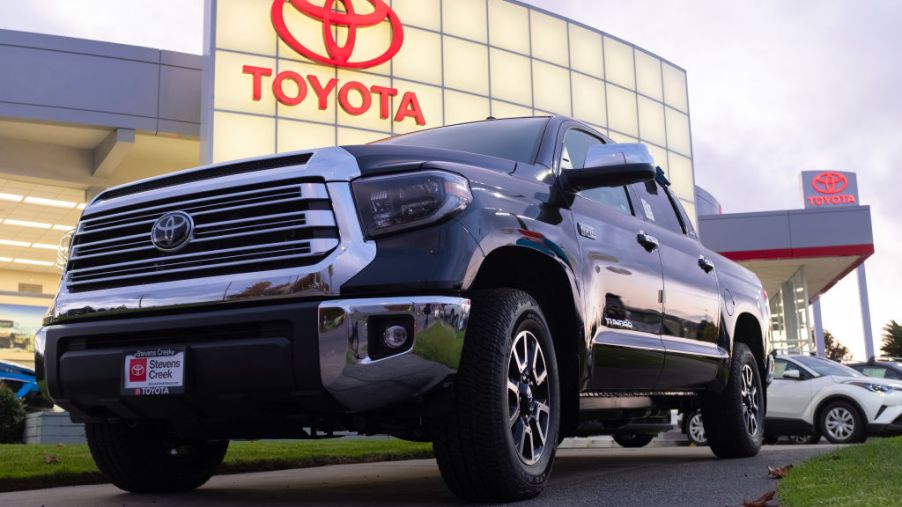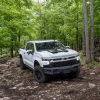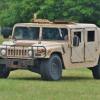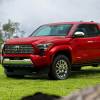
How Safe Is the Toyota Tundra?
Toyota is known for the safety and reliability of its vehicles. The Tundra, Toyota’s full-size pickup truck, isn’t an exception. Here’s how safe the Tundra really is according to safety institutes such as the Insurance Institute for Highway Safety (IIHS) and the National Highway Traffic Safety Administration (NHTSA).
What the NHTSA says about the Toyota Tundra’s safety
Overall, the NHTSA gave the Tundra 4 out of 5 stars in its safety tests of the truck. In particular, the Tundra scored 4 out of 5 stars in both frontal crash tests. The NHTSA gives two crash test ratings for frontal crashes, one for the driver side and the other for the passenger side. The Tundra scored 4 out of 5 stars in both of those tests.
In terms of the side crash tests, however, in every single side crash test that the NHTSA conducted, the Tundra scored a perfect 5 out of 5 stars. This was the area where the Tundra performed the best out of all the tests.
Lastly, the NHTSA does a rollover test and the Tundra scored 4 out of 5 stars in this test. The NHTSA also gave the Tundra a 20% chance of rolling over in the event that the driver loses control of the truck.
The NHTSA also talks about the number of recalls that the Tundra had. The Tundra has had four recalls so far, but most of them were not severe issues. Three of those four recalls had to do with the weight capacity label of the truck.
While that could be a serious issue, it’s not a major one since most owners won’t go over the weight capacity. The other recall was a major issue however, as some airbags on the Tundra won’t deploy properly.
What the IIHS says about the Toyota Tundra’s safety
For the most part, the IIHS agrees with the NHTSA. However, the Tundra didn’t perform well in the IIHS’s frontal crash tests. In the driver-side frontal crash test, the Tundra received a “marginal” grade, which is the second-worst grade possible. In the passenger-side frontal crash test, the Tundra got a “poor” grade, which is the worst grade possible.
That said, while those aren’t good grades, the Tundra was only rated poorly when it came to the safety of the driver or passenger’s legs or feet. The head and chest of the crash test dummy weren’t severely harmed in those crash tests.
In every other crash test, the Tundra was rated as either “good”, which is the best grade possible, or “acceptable”, which is the second-best grade possible. The headlights of the Tundra, however, were rated as only “marginal.”
Standard safety features
Asides from crash tests, how many standard safety features a truck has is another good way to see how safe that truck is. The Tundra, based on how many standard safety features it has, is a pretty safe truck as a result.
Toyota was one of the first automakers to make a pedestrian collision detection system a standard feature on its cars, and the Tundra isn’t an exception. On top of that, the Tundra has other standard smart safety features such as lane departure warning, crash imminent braking, and dynamic brake support.
Furthermore, the Tundra comes with a full suite of airbags, seat belts, and head restraints. However, like the NHTSA noted, the Tundra doesn’t have optional dynamic head restraints or additional airbags.
With that said, the Tundra does have some optional child safety features. The front and rear powered windows can instead come with an anti-pinch feature. This feature is designed to prevent kids from hurting themselves with the powered windows.



